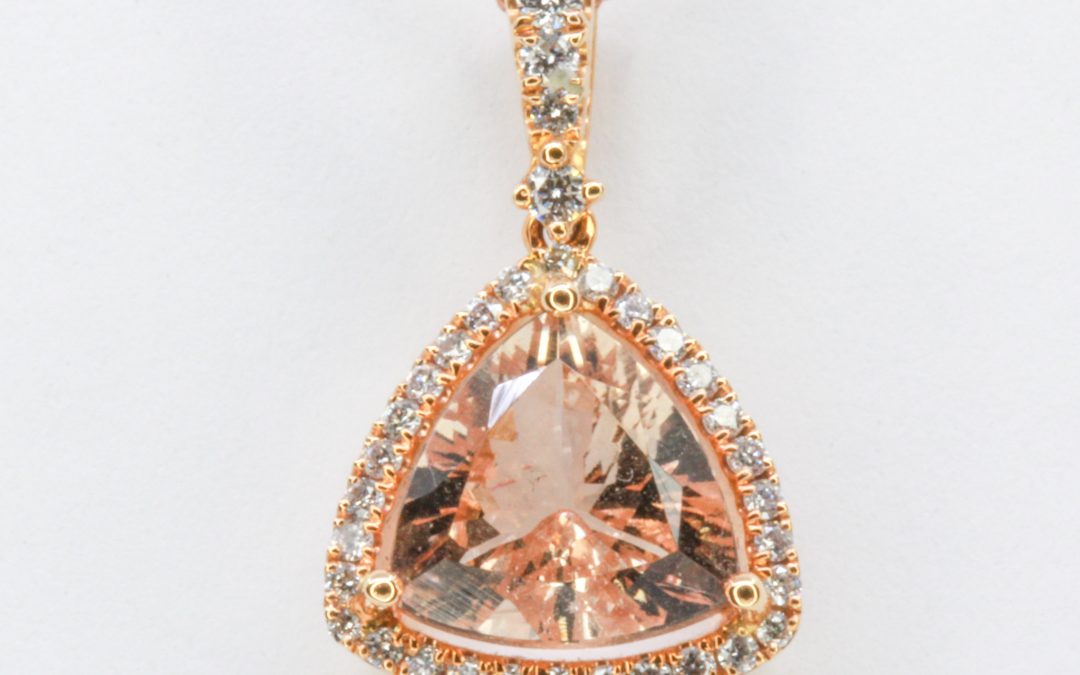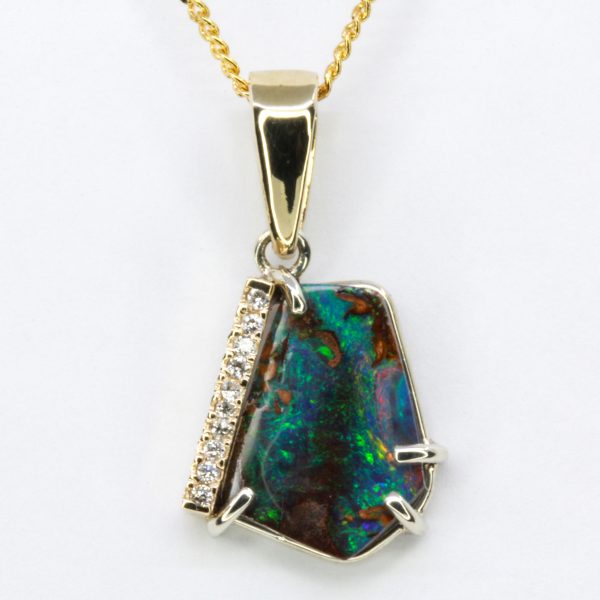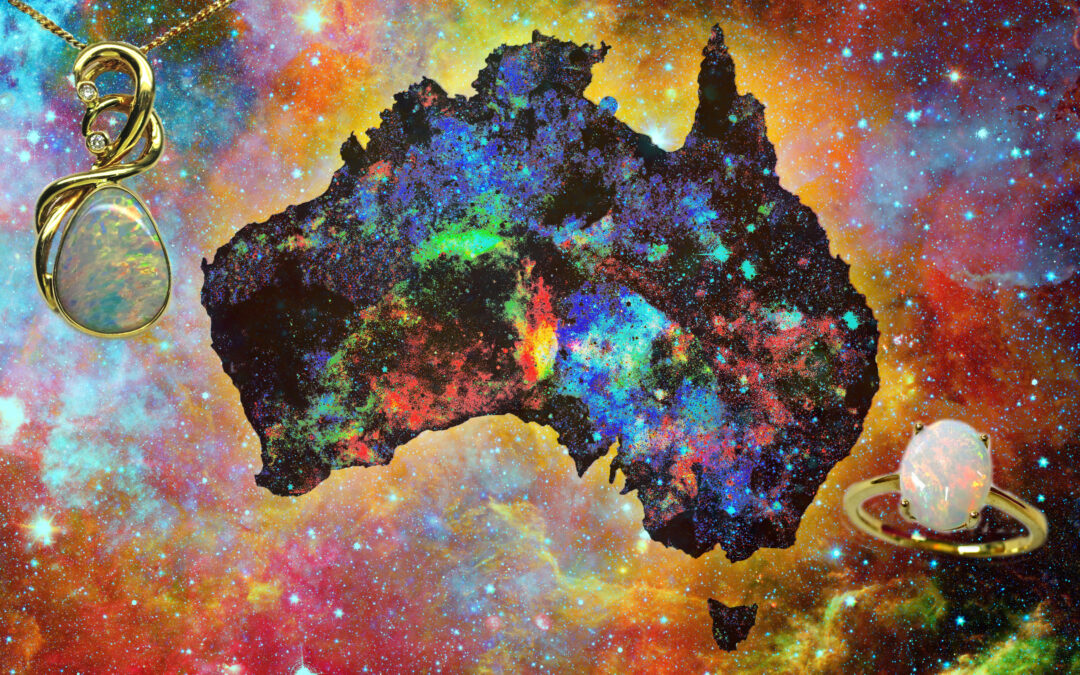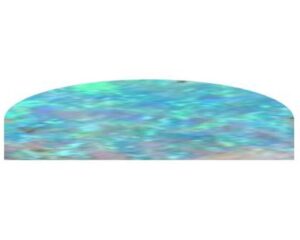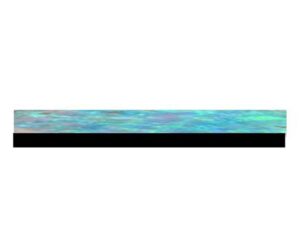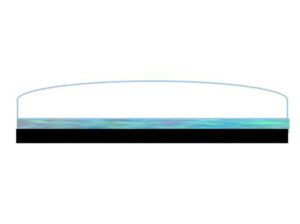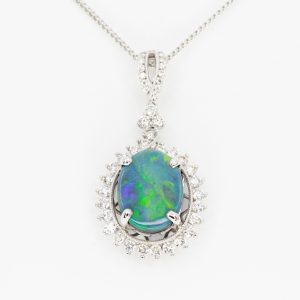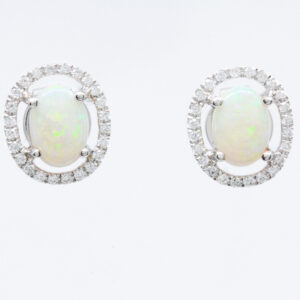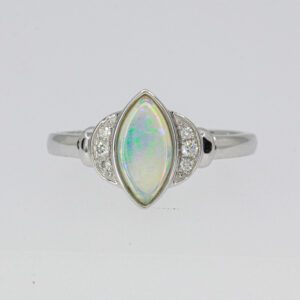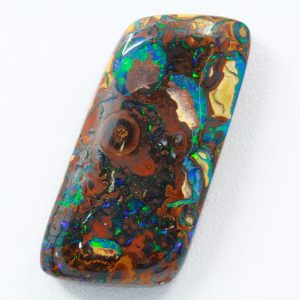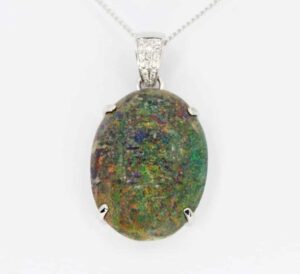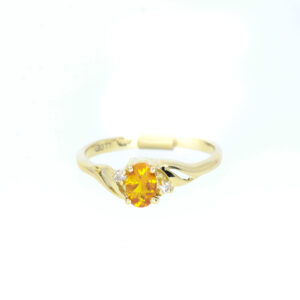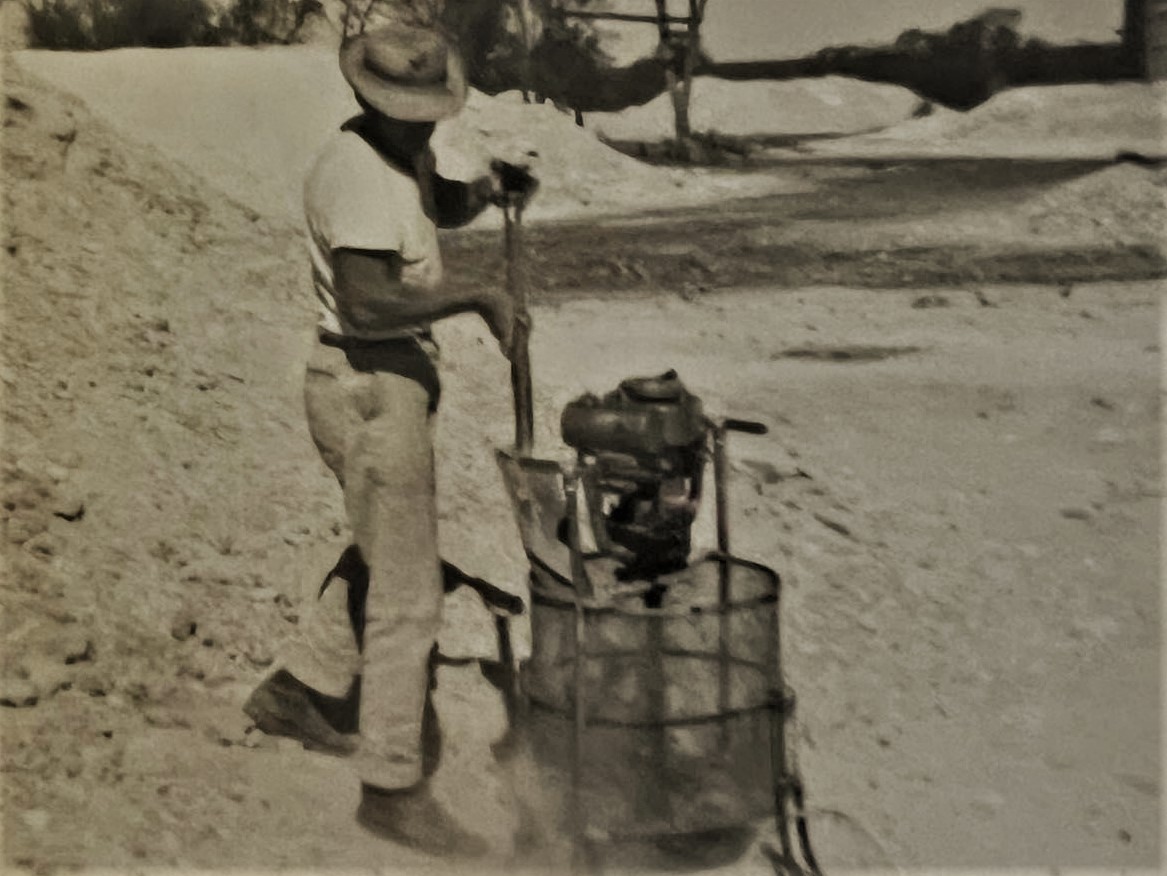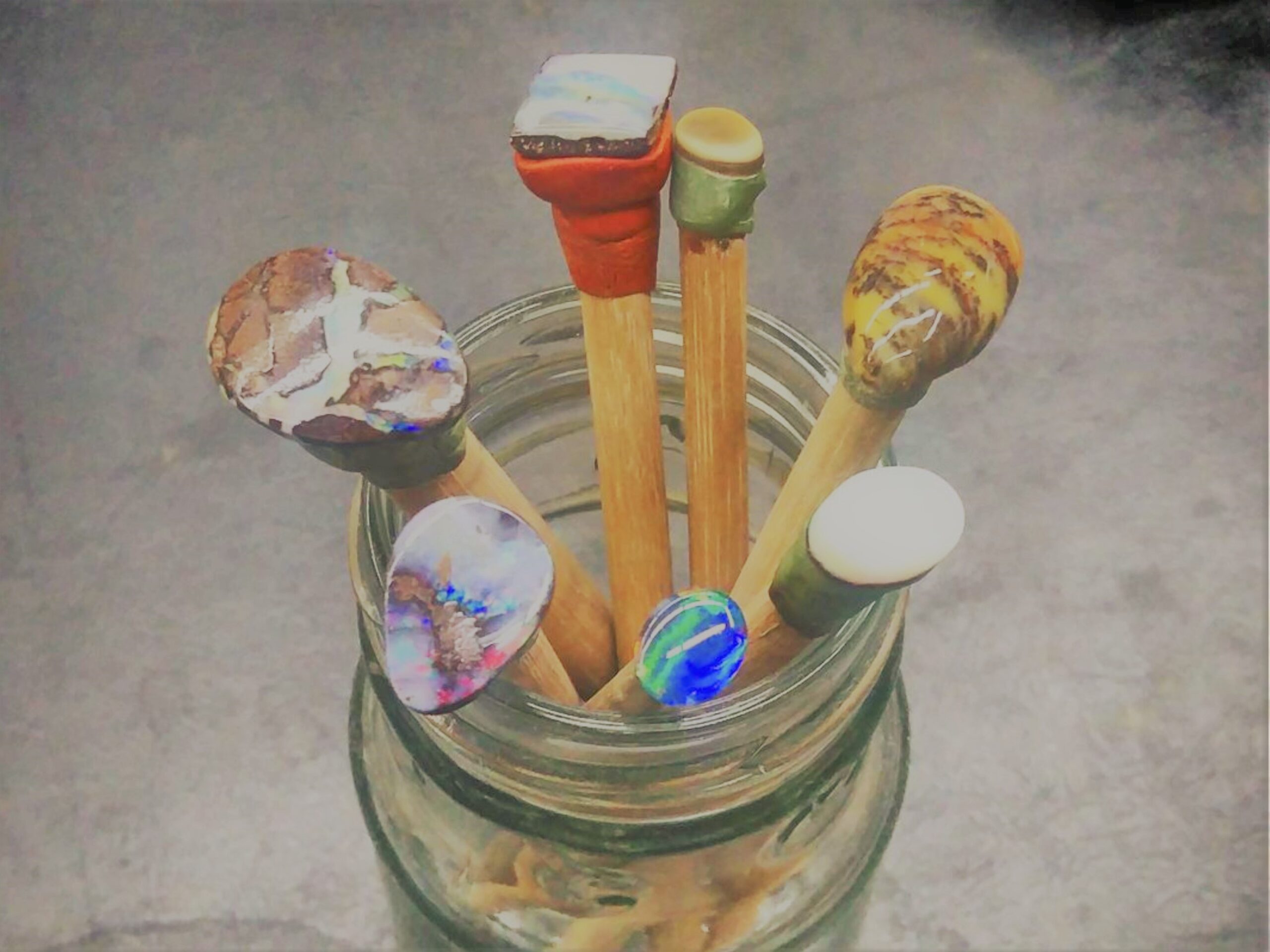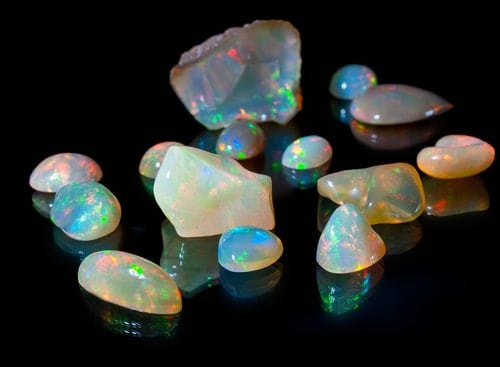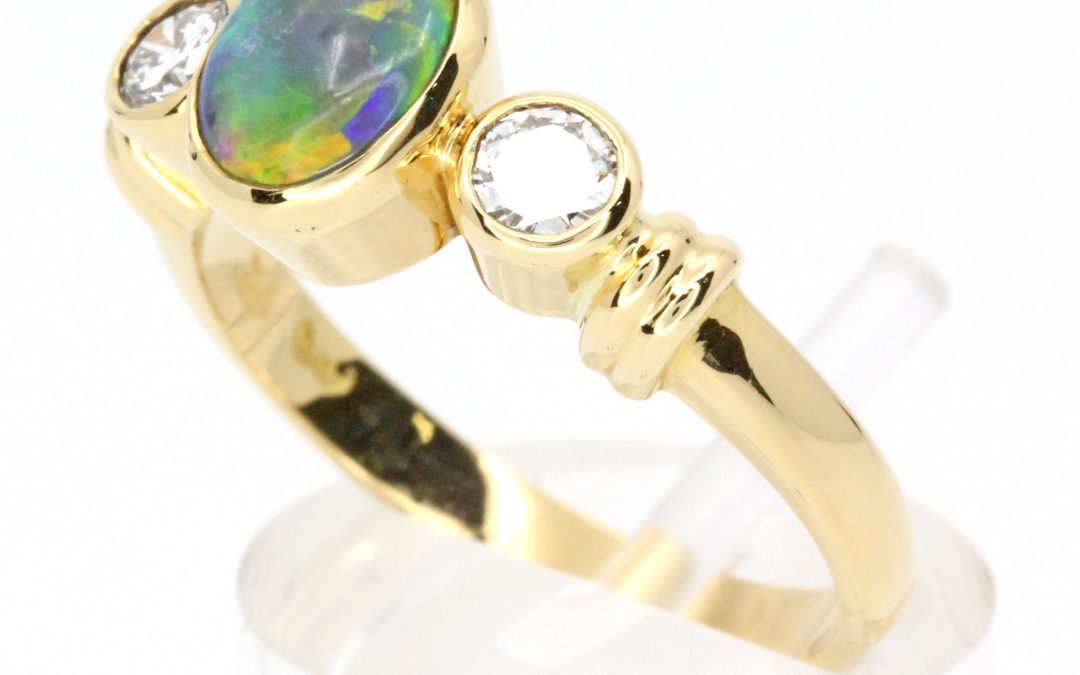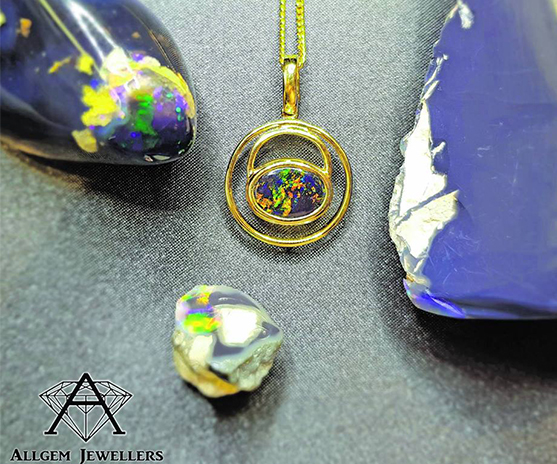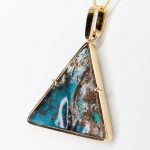
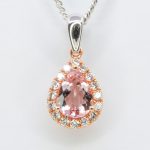
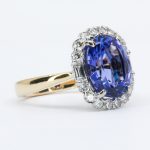
The Jewellery Trends of 2024
Here at Allgem, we are not able to predict the future.. But! Here are some of our general insights and predictions based on the evolving nature of the jewellery industry and fashion trends:
1. Sustainable and Ethical Jewelry:
– The demand for sustainable and ethically sourced jewellery is likely to continue growing. Consumers are becoming more conscious of the environmental and social impact of their purchases, leading to increased interest in eco-friendly and responsibly produced jewellery.
2. Customisation and Personalisation:
– Personalised and custom-designed jewellery is expected to remain popular. Consumers appreciate unique pieces that reflect their individual style and story. Customisable elements such as engravings, birthstones, and unique designs are likely to be key trends.
3. Mixed Metals and Textures:
– Mixing different metals and incorporating varied textures into jewellery designs is expected to be a trend. Combining gold with silver, rose gold, or incorporating textured surfaces can add depth and interest to pieces.
4. Bold and Statement Pieces:
– Large, bold, and statement-making jewellery is anticipated to be a trend in 2024. This includes oversized earrings, chunky bracelets, and standout necklaces that make a bold fashion statement.
5. Geometric and Architectural Designs:
– Geometric shapes and architectural influences are likely to be seen in jewellery designs. Structured and angular pieces that play with shapes and lines can create visually striking and modern aesthetics.
6. Innovative Gemstone Cuts:
– Unique and innovative gemstone cuts beyond the traditional round and oval shapes may gain popularity. As designers experiment with different cuts, consumers might see more geometric, asymmetrical, or customised gemstone shapes.
7. Digital Influences and Technology Integration:
– The integration of technology, such as 3D printing and digital design tools, into the jewellery-making process may become more prevalent. This can lead to intricate and avant-garde designs that were previously challenging to create.
8. Vintage and Retro Revival:
– Vintage and retro-inspired designs are expected to persist in popularity. Nostalgic styles from different eras, including Art Deco, Victorian, or 1990s-inspired pieces, may continue to influence contemporary jewellery.
9. Layering and Stacking:
– Layering and stacking jewellery, particularly necklaces, rings, and bracelets, is likely to continue as a trend. This allows for creative and personalised combinations that can be easily adapted to different styles and occasions.
Keep in mind that trends are constantly evolving, and individual preferences play a significant role in jewelry choices. For the most accurate and up-to-date information on the progressing 2024 jewellery trends, it’s advisable to follow industry publications, fashion shows, and the latest collections from reputable jewellery designers.



 Sign in
Sign in Cart
Cart